Structures that attach themselves to an already existing larger buildings borrowing utilities and services from the host are known as parasitic architecture. This architectural approach helps resolve many urban community problems and gaps like unaffordable rents and unavailability of space, not uncommon for most of the world’s overcrowded megapolises.
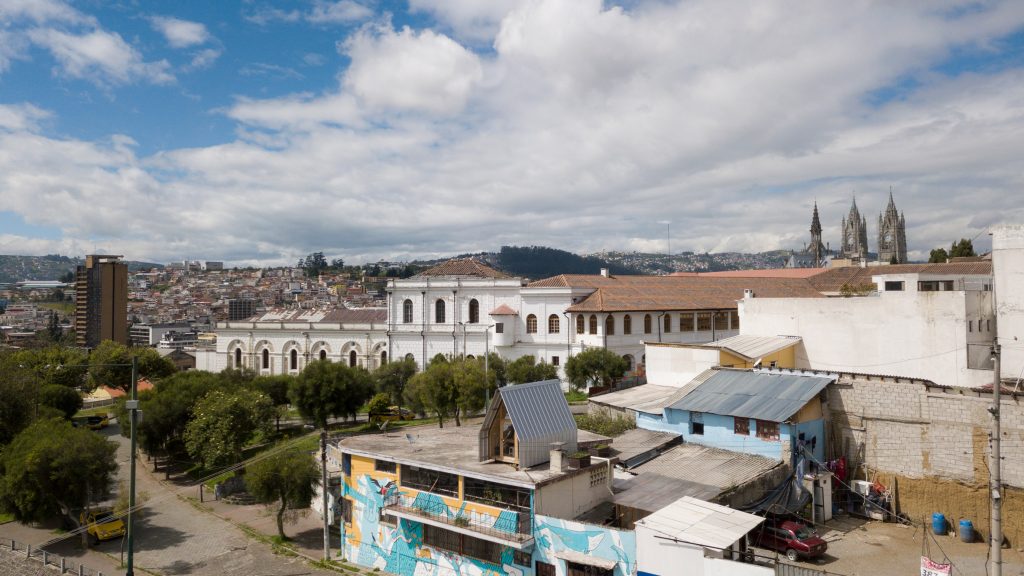
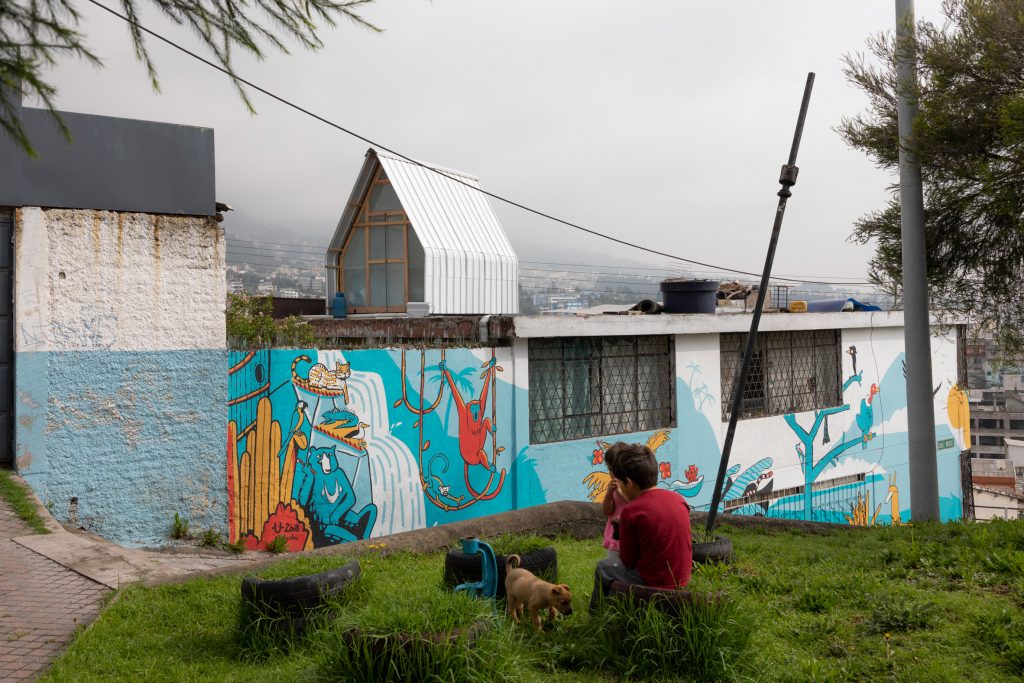
Casa Parásito by El Sindicato Arquitectura (also header image)
Occupying a small space on the roof of the existing structure in Quito, Ecuador, Casa Parásito by the local studio El Sindicato Arquitectura is focused on solving the basic habitation necessities for a person or young couple. The 12 sqm dwelling features everything occupants might need for eating, working and socializing, including a bathroom, kitchen, bed, and storage space.
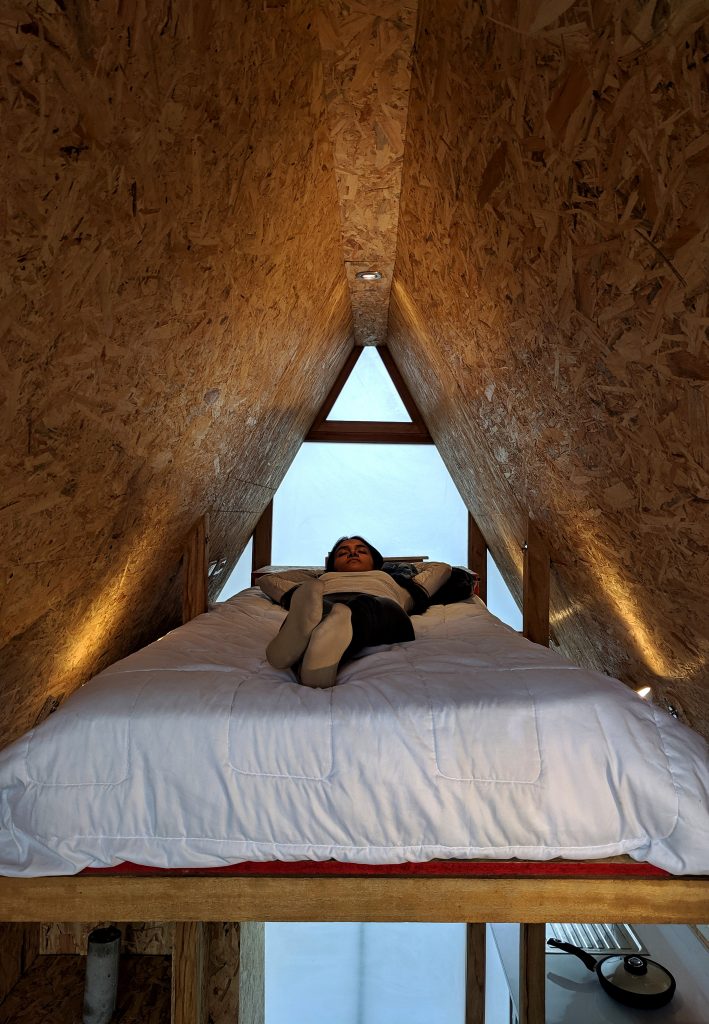
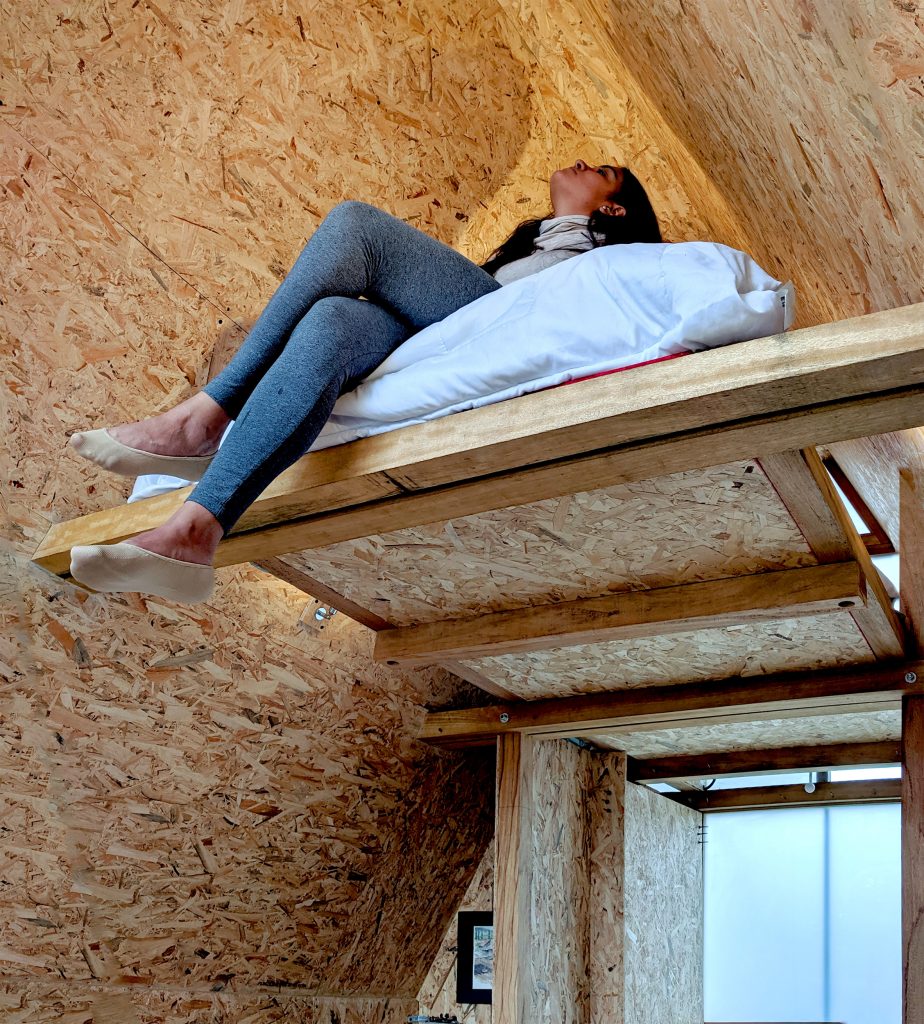
Casa Parásito by El Sindicato Arquitectura
The timber structure attaches to the slab of the existing structure via steel foundations. The gabled shape of the building allows to make the most of the limited area inside. A rectangular open area on the ground floor is allocated for various activities, with functions such as the kitchen tabletop, bathroom, bed, storage and a wooden pull-down desk arranged on the edges, offering stability to the whole structure. The bed is located on an elevated platform, filling the loft above.
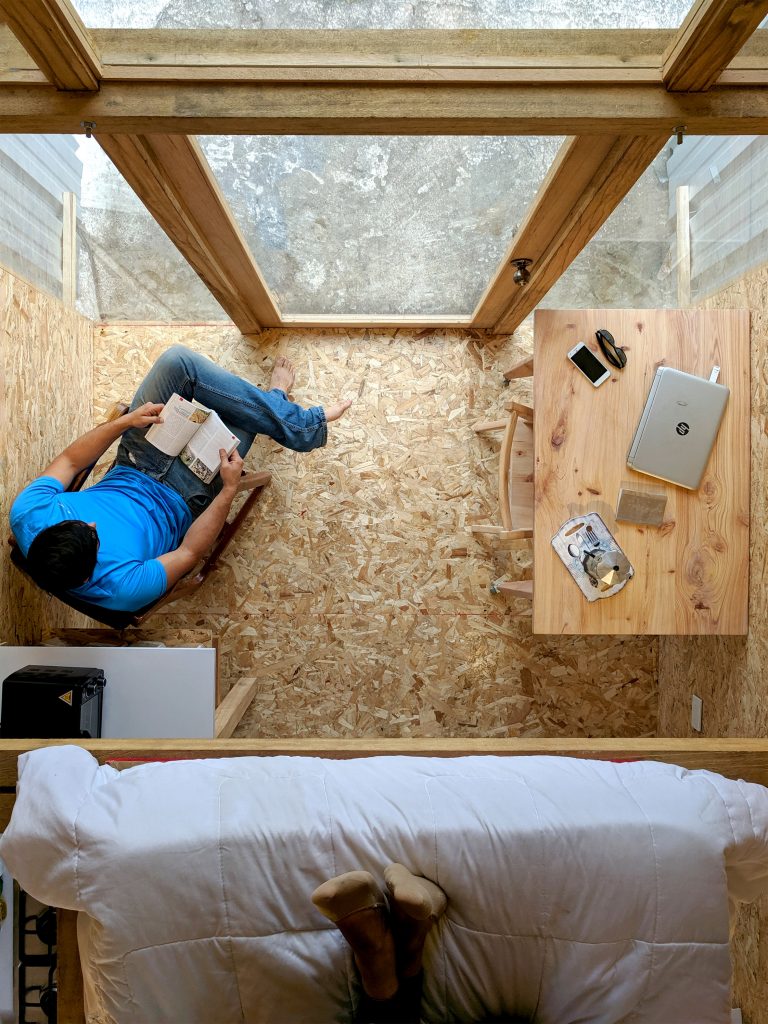
Casa Parásito by El Sindicato Arquitectura
All walls are lined with oriented strand board (OSB) and filled with coconut fibre as insulating material. A large triangular window allows plenty of natural light inside, while frosted glass on the opposite side helps maintain privacy
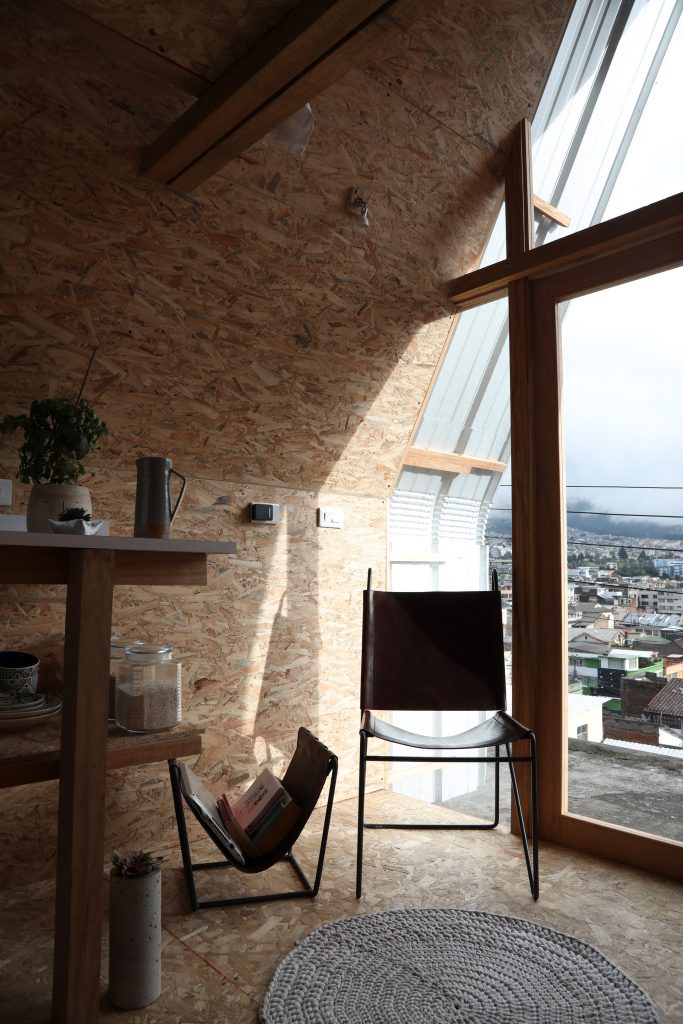
Casa Parásito by El Sindicato Arquitectura
The name of the object literally translates as Parasite House, and indeed the dwelling relies on the host building for support or services. The studio hopes that the concept will be rolled out on underused rooftops of urban edifications that are structurally sound and have connection to water, waste and electrical grids. In such a way, they will contribute to the conservation of the architectural heritage as well as densification of cities with a minimum economic investment and use of resources.
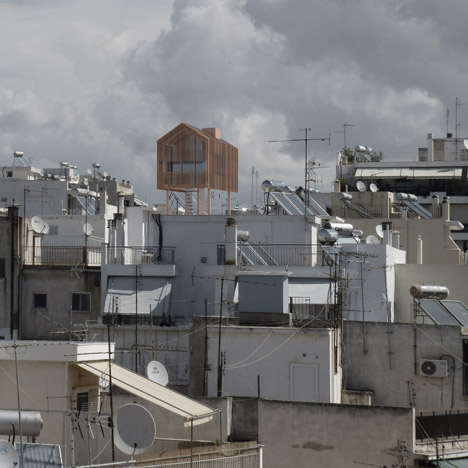
Detached Urban Hut in Athens by Dragonas Christopoulou Architects (via dezeen)
Unlike the Ecuadorian studio who hope their concept will be used for future urban developments, Greek architecture firm Dragonas Christopoulou Architects suggest a parasite cabin as an alternative to a rural getaway from the suffocating urban environment.
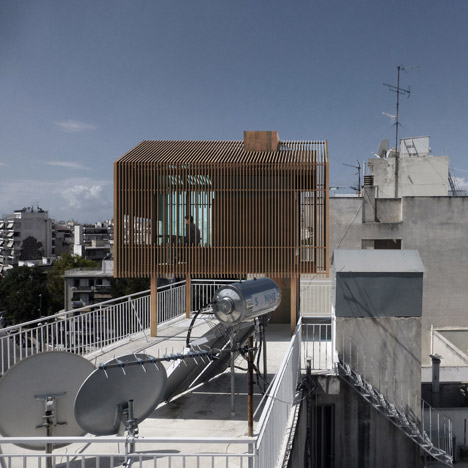

Detached Urban Hut in Athens by Dragonas Christopoulou Architects (via dezeen)
Back in 2014 as part of an exhibition entitled The Minimum Structure, Greek architects Panos Dragonas and Varvara Christopoulou developed a concept of a hut that allows the contemporary city dweller to escape a daily routine without venturing into the wilderness.

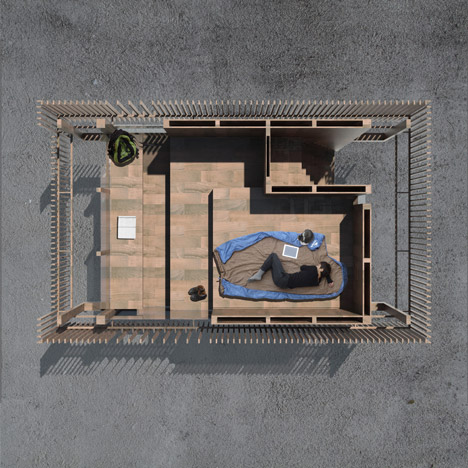

Detached Urban Hut in Athens by Dragonas Christopoulou Architects (via dezeen)
Named Detached, the compact 9 sqm wooden cabin is elevated above the city’s rooftop landscape on four slender columns. The duo imagine the small dwelling perched on top of a Greek apartment building known as a polykatoikia. Covering only the basic living needs, the space would contain a raised sleeping area and a stepped floor that frames a desk.
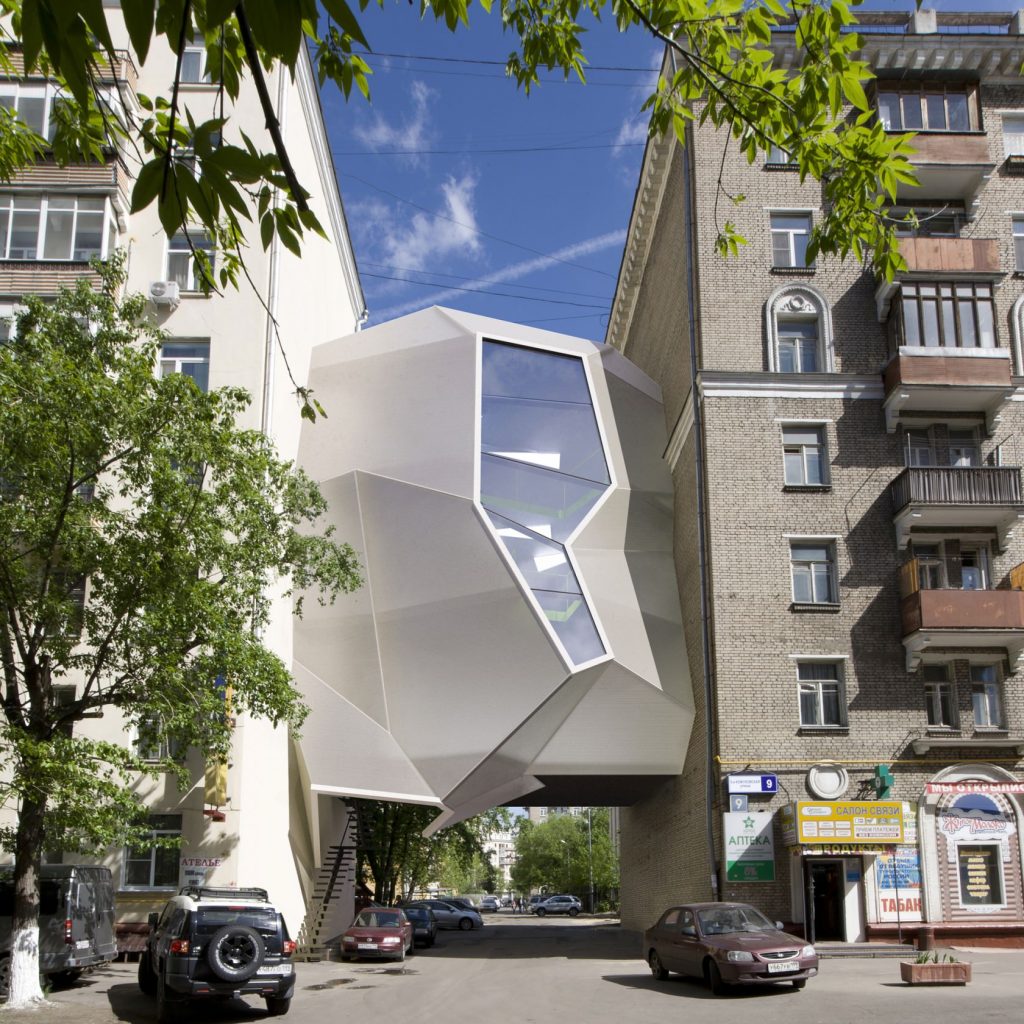
Parasite Office by Za Bor
Moscow-based architecture studio Za Bor have used the Russian capital’s excess of awkwardly uninhabitable gaps between edifices to design their own office space. As its name suggests, their 230 sqm Parasite Office is clamped to the blind walls of the adjacent buildings. The structure suspended off the ground held up by a lightweight steel frame, leaving the walkway underneath accessible to the public.
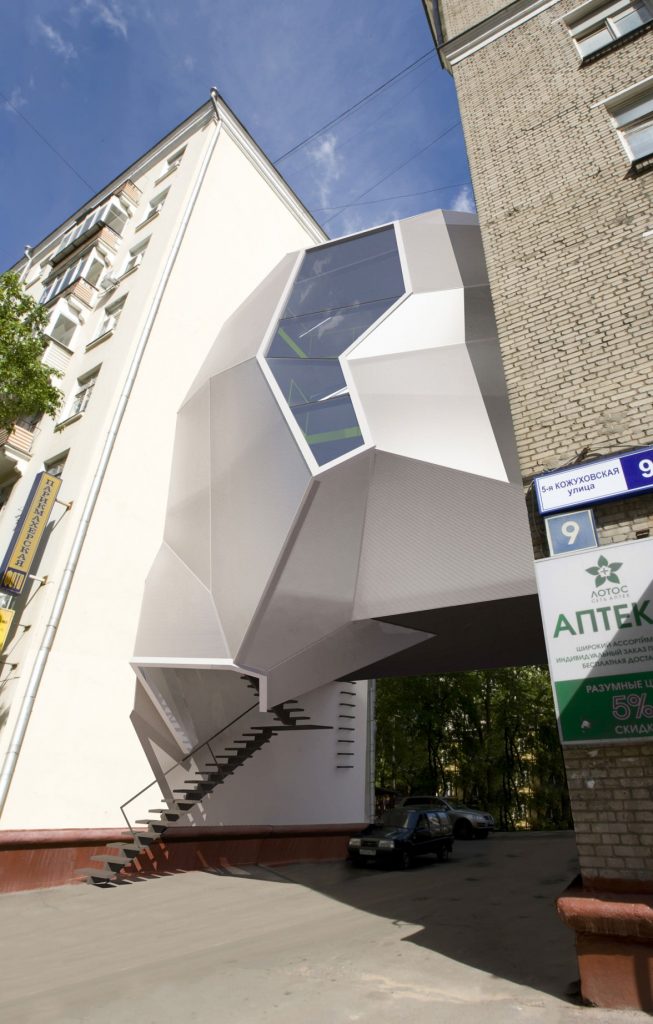
Parasite Office by Za Bor
The three-storey volume features a modular floor system that allows the interior space to reorganized to meet the studio’s changing needs. Outside, the building is defined by a polygonal faceted wall of polycarbonate cells that contrasts the surroundings.

Parasite Office by Za Bor
The team hopes that this building strategy can be used to successfully repurpose the many unusable voids around the city, without interfering the existing architecture.